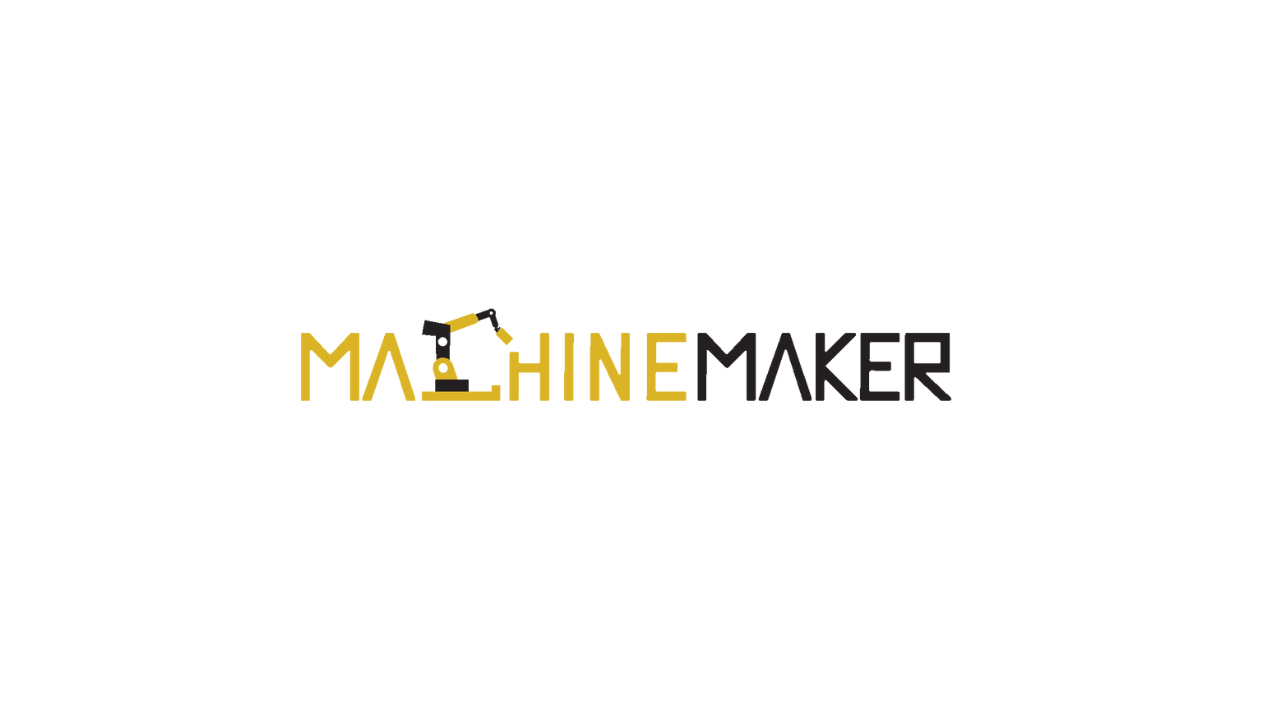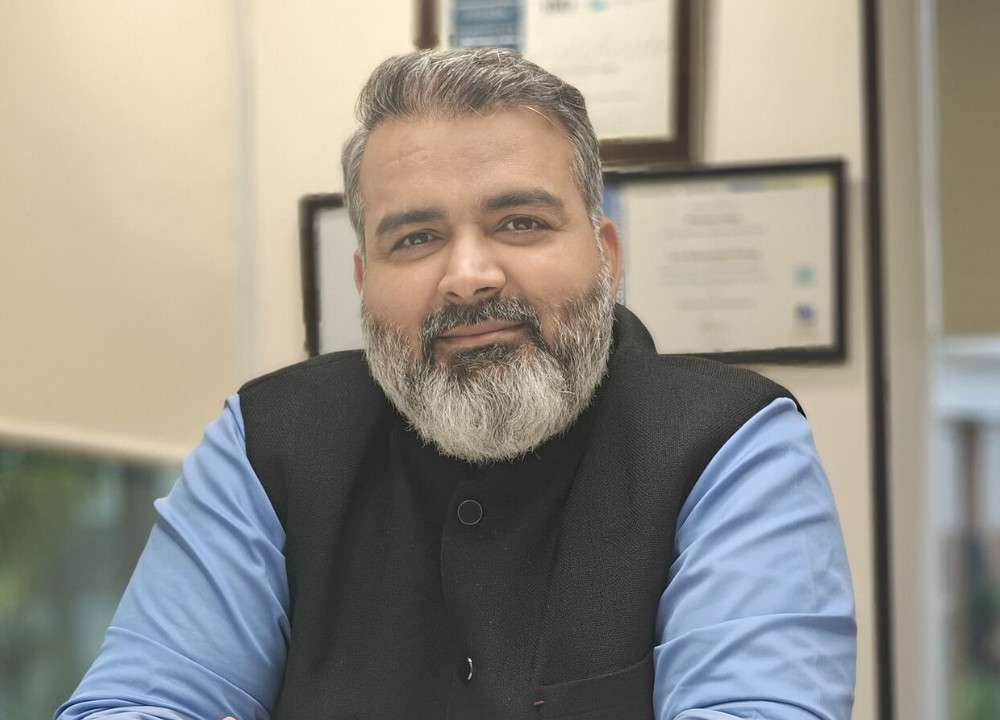- Sachin Shigwan is relentlessly working for the adoption of Solar power in social and commercial segments
- With indigenously developed products like On-Grid and Off-Grid Rooftop Solar PV System, GIIPL applies social engineering for the progress of the community
- GIIPL‘s objective is to make rural areas self-reliant by empowering the underprivileged through training
Sustainable technology has not yet become mainstream so far the industrial and civic society in India is concerned. It still continues to be treated as a niche segment though some of the major corporate and industrial players are actually working towards the objectives of a greener future. But the cause of the environment cannot remain a concern of a few while the rest of the society prefers to stay oblivious of it. This is where some organizations, being not so much in the glare of the public, keeps working with the idea that the grass can be made greener at this side too.
The Solar Man cometh
Green India Initiative Private Limited is one such organization that is working to the cause of a greener future that too with the active participation of society. Green India Initiative is lead by Sachin Shigwan, the enterprising and committed to the cause founder of Green India Initiative. He is popularly known as The Solar Man in his known circle, with the expertise in implementing sustainable projects for corporate CSR.
On an exclusive interaction with Machine Maker, Sachin recollects about his initial days establishing Green India Initiative, “Since 2009, while working with the social projects I noticed the main issue with the villages is the electricity which is the main obstacle to development. I met my mentor Mr. Deepak Gadhia, who is known as the father of thermal solar in India, realized how renewable energy can be applied for rural development. Supported by Rotary International, a solar lantern project for distribution among the five hundred village students had a major impact. Following this, with the help of my friend Abhishek Dave, we prepared similar projects and presented to the corporate houses and it got approved.”
Coming from a very humble background and supported by his mother Smt Drupada Yashwant Shigwan, in 2010 Sachin was awarded by Professional Citizen Karmaveer Puraskar by iCONGO for his efforts in social responsibly with sustainable energy. Subsequent to the success Green India Initiative came into being as a social enterprise on August 5, 2014.
“We started getting projects from Rotary, Lions and also from the corporate like Sumitomo, Praxair India. Today we have covered two hundred-odd villages in the seven states but mostly from Maharashtra with the projects of solar lanterns, cookers, and street lights and the success is going further with the support of my team.”
Powered by the sun
Mumbai-based GIIPL’s products like On-Grid Rooftop Solar PV System, Off-Grid Rooftop Solar PV System, Solar Street Lights, Pump System, and Cookers are developed and made indigenously to the cause of solar power. Speaking of the initial days Sachin recollects, “When we started there were issues like people not eager for solar power. No so due to maintenance and distribution concerns. It was a challenge for us too, but now we have come to understand social engineering in the villages, to change people’s mindsets and behavioural patterns first, and make them realize the benefits of solar power for a longer period.”
He adds, “Day by day our projects are getting sustainable. The batteries used to get stolen by locals for personal use, so we understood the need for innovation in this aspect also. So we shifted the batteries in the light itself, the in-built Lithium-Phosphate solar battery. Also, we are getting a warranty of five years from the vendors too.” In terms of corporate engagement, it used to be rather difficult to make the companies convince for sustainability. “Now it is much easier to make the corporates understand the utility of solar projects for villages, schools, community centres, and Anganwaris in terms of long term solution and in the reduction of carbon footprint.”
 Social Enterprise was also a term alien to most of the people during the early years.”The social angle is we are working for a cause and the cause is to reach out to a maximum number of underprivileged sections of the society. We chose the beneficiary in a very systematic manner,” Sachin explains. “We visit the location and do a thorough survey in three dimensions. They are in the lines of the real need of the location for solar energy, how the need can be solved by our solutions, secondly, we connect with the decision-makers of the location by interaction, and finally how the locals are maintaining the previous solar systems. Likewise, we design the project and submit the proposal to the corporate and NGOs. Post their approval we execute along with the suggested alteration and modifications.”
Social Enterprise was also a term alien to most of the people during the early years.”The social angle is we are working for a cause and the cause is to reach out to a maximum number of underprivileged sections of the society. We chose the beneficiary in a very systematic manner,” Sachin explains. “We visit the location and do a thorough survey in three dimensions. They are in the lines of the real need of the location for solar energy, how the need can be solved by our solutions, secondly, we connect with the decision-makers of the location by interaction, and finally how the locals are maintaining the previous solar systems. Likewise, we design the project and submit the proposal to the corporate and NGOs. Post their approval we execute along with the suggested alteration and modifications.”
Going social with society as a partner
Green India Initiative has devised a social initiative to create a group called ‘Surya Mitra’ for execution, reporting regarding the projects. “GIIPT also trains the villagers to take the responsibility of maintaining it also trains the local members to own the responsibility of the projects to sustain the project further, added to that our team gets great support from the villagers,” Sachin adds. Presently the sustenance ratio of the projects is about three years to five years. He hopes to get the technology to evolve and betterment of quality products in the market for longer periods of service.
With a conviction to make a difference while serving the business conditions GIIPL’s social entrepreneurship ensures to reach and serve the last mile villages. “We reach out to villages that are generally two to three hours of walk and installed our solar solutions,” Sachin says. The company is involved at every level of a project and has very systematized procedures to bring it to ground reality. Beginning from consultation through site survey and permission followed by design and installation, Sachin’s company goes two more steps ahead with commissioning and post-installation monitoring.
Commercial for sustenance
Sachin mentions,” We do commercial projects too primarily to sustain the organization. So for every year, it is eighty to twenty ratio with the former being for the non-commercial social projects. The commercial projects are focused in urban areas.” The core team of Green India Initiative has seven members with more than thirty supporters and volunteers; the total team strength comes to one hundred fifty people.
As for the manufacturing of products, Sachin says, “Batteries and solar panels provided by our technology partners and other components are assembled at our facility in Mumbai. During the pandemic, we invite our partners at the site itself and assembles and installed by Green India Initiative team.”
 With the pandemic still around, people are slowly realizing the importance of social engineering. “With the UNO talking about Sustainability Development Goals, and the vital role of community support and social entrepreneurship, companies can always have a commercial interest but the concern for the support to the end-users will take primacy. And there is a cascading effect, if you are not supporting, somebody else will come. Since we have an impact on each other’s lives, one has to have this spirit of support,” Sachin emphasized.
With the pandemic still around, people are slowly realizing the importance of social engineering. “With the UNO talking about Sustainability Development Goals, and the vital role of community support and social entrepreneurship, companies can always have a commercial interest but the concern for the support to the end-users will take primacy. And there is a cascading effect, if you are not supporting, somebody else will come. Since we have an impact on each other’s lives, one has to have this spirit of support,” Sachin emphasized.
It is people who matter most
Sachin especially expresses his gratitude for his mother Smt Drupada Yashwant Shigwan. It was she who sowed the seed of enterprise in Sachin’s mind, as she inspired him to take up a cause and work towards it. Sachin also thanked all his mentors, friends, supporters, and associates for giving shape to the organization what it is today. Clearly, Green India Initiative has made its way with the aid of the people, the prime movers of any socially relevant exercise or enterprise.







